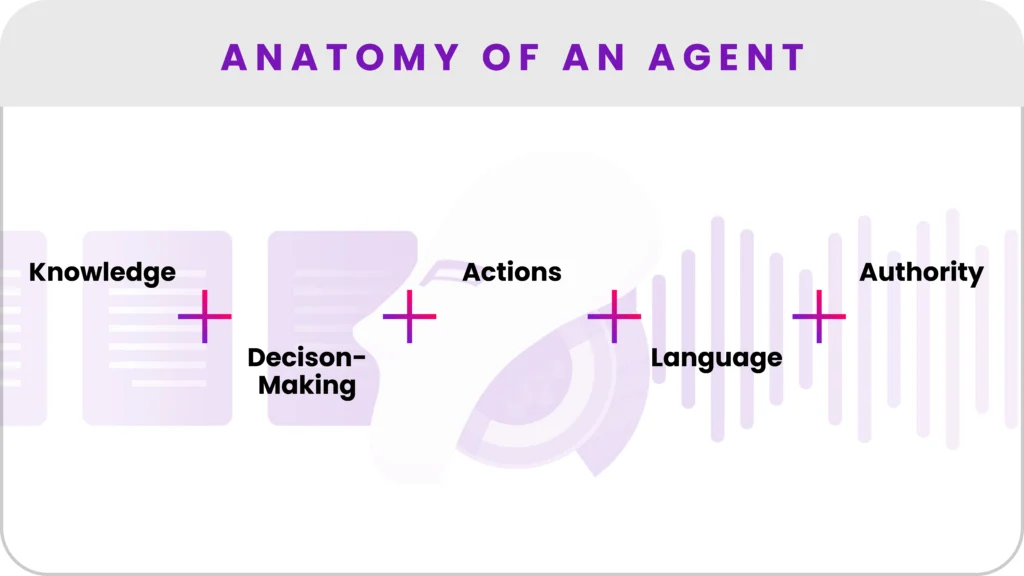The COVID-19 pandemic has taught us a lot about healthcare.
For providers, one of the realities it has revealed is this: having a chief patient experience officer is more important than ever. The disruptions and stresses of this ongoing crisis have highlighted the importance of the role of patient experience officer for communications and revenue recovery. Moreover, we have learned how much patient experience officers rely on communication platforms to facilitate conversations with patients.
What Is a Chief Patient Experience Officer?
Also known as the CXO, a chief patient experience officer is an employee who ensures that the level of care a patient receives lives up to the patient’s expectations. This ranges from setting up an appointment through to after-care.
Patient experience has always been central to delivering high quality healthcare. However, 2007 saw this importance codified into a dedicated staff role. The Cleveland Clinic determined improvement of the patient experience as a central strategic goal, hired their first CXO, and established an Office of Patient Experience.
The Cleveland Clinic said the CXO role was created to “recognize the importance of caring for the soul of the patient, not just the body.” Since then, CXOs have taken on this important job and fulfilled their responsibilities in more and more sophisticated ways.
The Chief Responsibilities of a CXO
CXOs mainly evaluate patient experience and establish a communication plan – reminders, recalls, education, review requests, and more – with patients. They do more than make patients “happy” or “satisfied”, which people often mistake as the “patient experience”. What they instill in patients is confidence and the feeling that they are in good hands, cared for by professionals.
A patient experience officer not only looks at the patient side of things. A CXO is also part of the C-level team, strategically guiding the organization towards greater patient and family confidence. As CXOs build patient confidence, they also use their expertise to secure knowledge and tools that empower physicians and nurse leaders to provide the best patient experience.
An effective chief patient experience officer discusses with the senior team how to keep all strategies integrated and patient-focused. A CXO should also understand and maintain cohesive workflow and communications among the patient, their family, and the healthcare team members. Moreover, a successful CXO should provide the organization with clear directions to keep themselves relevant within healthcare’s ever-changing landscape. This means being on the lookout for cutting-edge strategies and interventions to improve patient experience, and constantly making sure that the organization is tracking to patient expectations.
Why CXOs Have Become More Relevant Now
The COVID-19 pandemic has brought the chief patient experience officer to the forefront of healthcare. The pressures of this unprecedented period has highlighted how the functions of a CXO are especially important when providers need to adapt to new circumstances, and especially concerned patients.
Patient Communications
Faced with COVID-19, everyone has been worried about their health. For example, 36% of people said going to the hospital was a risky behavior, compared to going to the beach (16%) or a hair salon (27%), according to a study published by Survey Society for Cardiovascular Angiography and Interventions. And, an ACHP survey found that more than 60 percent of people said they thought it was either “somewhat likely” or “very likely” that they’d contract COVID-19 in a hospital. For CXOs, this has meant patients who are more stressed, with more urgent and heated enquiries.
As a result, effective communication – communication that helps address patient concerns and allay their worries – has been more important than ever before. But it has also been harder to provide. Physicians and nurses want to provide the best experience to their patients. However, they are often overworked and scattered. They’re doing their best, but they don’t have the expertise – and it isn’t their job – to optimize provider communication flow. During a pandemic, doing this is impossible. As a result, patient experience can suffer.
Why CXOs are Crucial
CXOs are crucial to prioritizing good communication within a healthcare system and can focus on how communications are carried out. This allows interfacing with patients in a way that makes them feel that a team of highly-competent healthcare professionals is caring for them. CXOs are tasked to discover and implement effective patient-provider communications based on actual and recent data. Insights derived from mountains of information enable them to effectively refine their existing communication processes and integrate newer and more viable approaches. With CXOs, healthcare organizations collect more high-quality feedback from their patients. They can also facilitate crystal clear communication between clinicians through highly effective and specialized reporting systems. At the same time, they can manage communications within the healthcare team, to ensure focus on the right things at the right time.
Communication Platforms Empower CXOs
During the pandemic, we have seen how the WELL communication platform has helped CXOs optimize their communication with worried patients. WELL users processed more than 18 million messages regarding the coronavirus in March and April 2020. Inbound messages from patients regarding the virus increased seven-fold during this time period. With the help of the WELL platform, CXOs at these providers were able to cope with this deluge, continually instilling patient confidence.
Darren Dworkin, Senior VP and CIO at Cedars-Sinai, is a testament to the importance of effective communications during these troubled times: “At Cedars-Sinai, we are actively working to ensure the health and safety of our patients, community and staff by keeping everyone informed of the latest information regarding COVID-19. WELL has been instrumental in helping us deploy timely communication to our scheduled patients with a digital agility we previously didn’t have.”
Revenue Recovery
Another important role of a patient experience officer is to help facilitate revenue recovery. Health systems have suffered billions of dollars in revenue loss. Across states, patients have been fearful that stepping into a hospital will put them at greater risk of contracting COVID-19, and so they have chosen to endure their symptoms at home.
CXOs, with the right tools, such as a patient communication platform, can re-engage patients and help organizations recover lost revenue during phased re-openings. As healthcare systems prepare to resume operations, CXOs can keep patients informed. They can let them know that it’s safe to return, and update them on new procedures and protocols. (For more information on how providers can do this, download our free Revenue Recovery Playbook.)
These disrupted times have brought the work of a chief patient experience officer into the spotlight. We have also learned that CXOs perform best when the right technology helps them do their job. To learn more about the WELL Health communication platform, request a demo here. ♥



